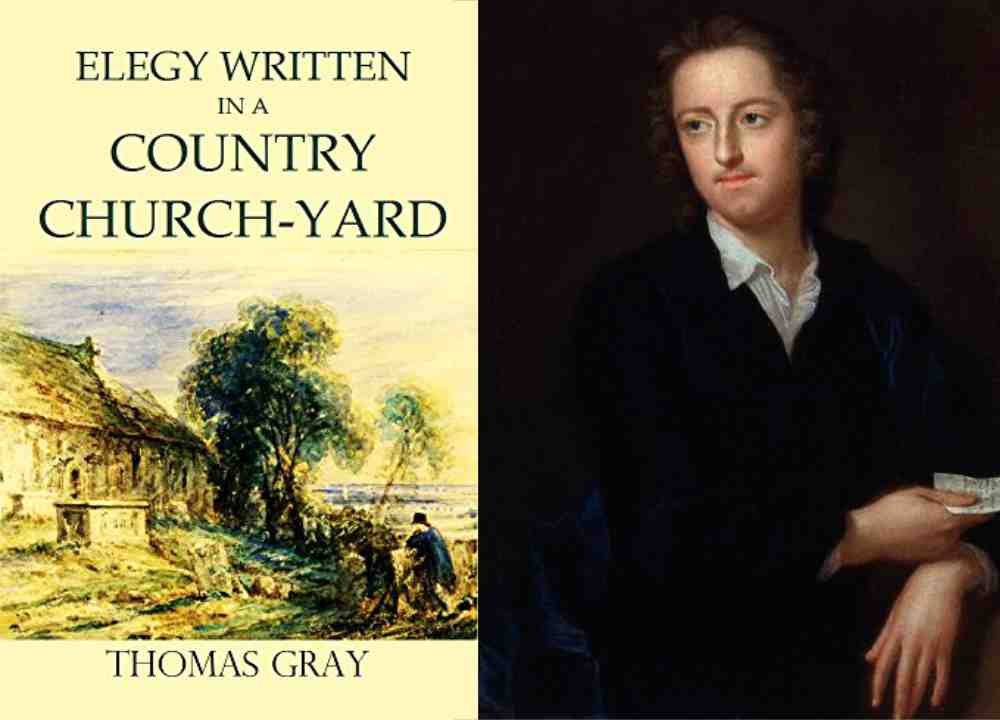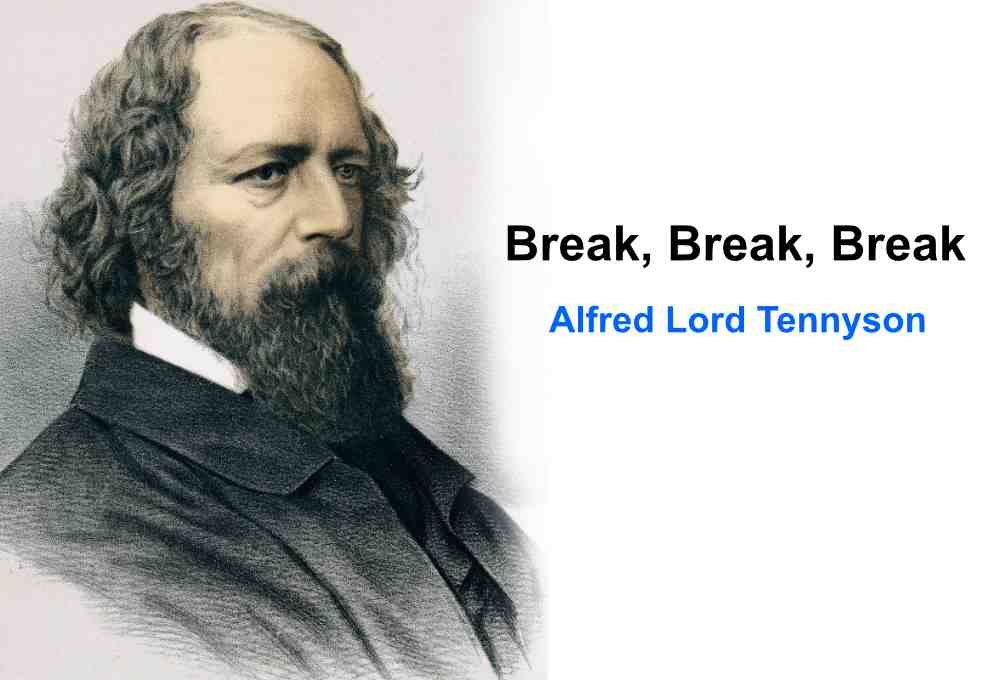It was the famous Irish poet and Nobel laureate William Butler Yeats who wrote the poem Easter, 1916 that in fact reflects on those events that surround the Easter Rising; an armed insurrection began on Easter, 1916 (Monday, 24th April) in Dublin.
As far as this event is concerned; it is about a rebellion led by Irish nationalists for winning freedom from British rule. Ultimately, it resulted in the ultimate execution of these nationalist leaders. W. B. Yeats, through this poem, tries to:
| Poem Name | Easter 1916 |
| Poet | William Butler Yeats |
| Published | 1921 |
| Rhyme scheme | ABAB |
- Balance critique of the rebellion, as well as
- Its political extremism with admiration for the rebel’s dedication as well as bravery
Easter 1916 Summary
Table of Contents
The speaker of the poem remembers the rebels as he passes them on the street who were just ordinary persons working in shops as well as offices before the rising. The speaker remembers many people, such as:
- Constance Markiewicz, who was his childhood friend
- An Irish woman language teacher Padraic Pearse. She kept a school, St. Edna’s
- Helper as well as a friend to Pearse, Thomas MacDonagh who was a poet
- John MacBride who was: (a) this poet’s (W. B. Yeats) rival in love, as well as (b) ” a drunken, vainglorious lout
The speaker first reflects on their (rebels) constancy of purpose as though their hearts were:
- “Enchanted to a stone”
After that, he wonders if the rebellion was worth it.
Easter, 1916 by W. B. Yeats ends on a note of (a) Ambivalence, as well as (b) Futility. The poem reflects on its poet’s reluctance to engage in political debate.
It is noteworthy that this poem is made of four stanzas. It symbolizes the 4th month of the year, which is April. The poem is popular for its well-known refrain:
"All changed, changed utterly:
A terrible beauty is born."Easter, 1916 Poetic Form
W. B. Yeats intentionally maintained irregular line length as well as a meter in the stanzas of his poem entitled Easter, 1916. As far as its first and third stanzas are concerned; the poet divides them into sixteen lines. They represent two things:
- The year of 1916
- Sixteen people who were executed after Easter Rising
Moreover, the aforementioned stanzas are scenic in character as well. They invoke the landscape of Dublin as well as the surrounding Irish countryside. Whereas stanzas two, as well as, are about those particular persons who were involved in this Rising.
There are twenty-four lines in these two (2 and 4) stanzas. They symbolize the fateful day of the month on which the Rising began (24th April 1916).
I have met them at close of day Coming with vivid faces From counter or desk among grey Eighteenth-century houses. I have passed with a nod of the head Or polite meaningless words, Or have lingered awhile and said Polite meaningless words, And thought before I had done Of a mocking tale or a gibe To please a companion Around the fire at the club, Being certain that they and I But lived where motley is worn: All changed, changed utterly: A terrible beauty is born. That woman's days were spent In ignorant good-will, Her nights in argument Until her voice grew shrill. What voice more sweet than hers When, young and beautiful, She rode to harriers? This man had kept a school And rode our wingèd horse; This other his helper and friend Was coming into his force; He might have won fame in the end, So sensitive his nature seemed, So daring and sweet his thought. This other man I had dreamed A drunken, vainglorious lout. He had done most bitter wrong To some who are near my heart, Yet I number him in the song; He, too, has resigned his part In the casual comedy; He, too, has been changed in his turn, Transformed utterly: A terrible beauty is born. Hearts with one purpose alone Through summer and winter seem Enchanted to a stone To trouble the living stream. The horse that comes from the road, The rider, the birds that range From cloud to tumbling cloud, Minute by minute they change; A shadow of cloud on the stream Changes minute by minute; A horse-hoof slides on the brim, And a horse plashes within it; The long-legged moor-hens dive, And hens to moor-cocks call; Minute by minute they live: The stone's in the midst of all. Too long a sacrifice Can make a stone of the heart. O when may it suffice? That is Heaven's part, our part To murmur name upon name, As a mother names her child When sleep at last has come On limbs that had run wild. What is it but nightfall? No, no, not night but death; Was it needless death after all? For England may keep faith For all that is done and said. We know their dream; enough To know they dreamed and are dead; And what if excess of love Bewildered them till they died? I write it out in a verse— MacDonagh and MacBride And Connolly and Pearse Now and in time to be, Wherever green is worn, Are changed, changed utterly: A terrible beauty is born.
u003cstrongu003eQues: u003c/strongu003eWhat is the theme of u003cemu003eEaster, 1916u003c/emu003e by W. B. Yeats?
u003cstrongu003eAns:u003c/strongu003e Yeats’ this poem commemorates the martyrs of Easter Rising. In fact, it was an insurrection against the British government in Ireland in the year of 1916. Consequently, several Irish nationalists have executed those whom the poet knew personally. W. B. Yeats, through this poem, has not only tried to examine the nature of heroism but its incongruity with daily life as well.
u003cstrongu003eQues: u003c/strongu003eWhat sort of beauty is the poet talking about in u003cemu003eEaster, 1916u003c/emu003e ?
u003cstrongu003eAns:u003c/strongu003e The poem u003cemu003eEaster, 1916u003c/emu003e is regarded from the perspective of W. B. Yeats on Rising. It was, of course, terrible due to:u003cbru003eViolence as well as loss of life,u003cbru003eBut, the beauty was:u003cbru003eIn the dream of independence or freedom, a u0022winded horseu0022 of romantic imagination.
u003cstrongu003eQues: u003c/strongu003e When was the poem u003cemu003eEaster, 1916 u003c/emu003ewritten?
u003cstrongu003eAns:u003c/strongu003e W. B. Yeats wrote Easter, 1916 between May as well as September 1916.





